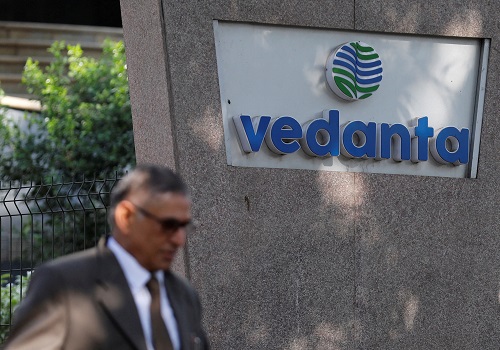Nomura sees muted returns for India's Nifty in 2023 amid growth fears

Follow us Now on Telegram ! Get daily 10 - 12 important updates on Business, Finance and Investment. Join our Telegram Channel
India's benchmark Nifty 50 stock index is likely to see muted gains in 2023 due to high domestic valuations and risks of spillovers from a potential global recession, Nomura said.
The index is set to reach 19,030 in 2023, implying a 3% increase, the brokerage said in a note on Thursday.
The Nifty has risen over 3% every year since 2015.
The Nifty is up 6% so far this year at around 18,400, outperforming Asian and U.S. peers, as upbeat growth outlook outpaced inflation concerns and global recession fears that weighed on broader markets.
MSCI's broadest index of Asia-Pacific shares outside Japan has slid 19% so far this year, while the S&P 500 shed about 18%.
"Inflation has peaked, but could remain sticky," Nomura analysts said, highlighting the chances of the U.S. Federal Reserve remaining hawkish, prioritising its fight against price rise over growth slowdown and driving major economies into recession.
The brokerage also flagged the possibility of a correction in Indian equities early next year on growth concerns, potentially offering an entry-point in the medium term.
India's growth will likely be hit from the global spillover, it added.
"Indian market will be relatively unstirred, with negative rate/inflation surprise, in our view. However, we expect the market to be sensitive to the overall growth outlook," Nomura said.
It projects India's economic growth next year to be at 4.5%, well below the consensus estimate of 5.8%.
But, a strong corporate and bank balance sheet, policy support and "not-so-tight" monetary policy could enable a growth recovery in 2024, it said.
Nomura prefers domestic sectors with low earnings sensitivity to economic slowdown over exporters. It is overweight on banks, consumer staples, infrastructure and telecom companies, and underweight on consumer discretionary, capital goods, metals and information technology services firms.
Earlier this week, BofA Securities forecast the Nifty to rise 5% in 2023 and identified financials, industrials, staples, utilities, metals and cements as preferred sectors.
























